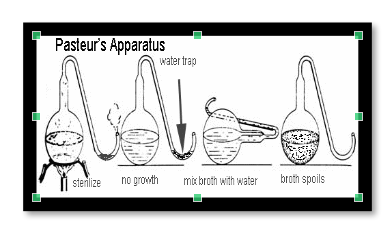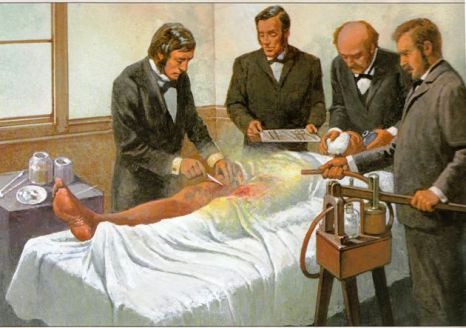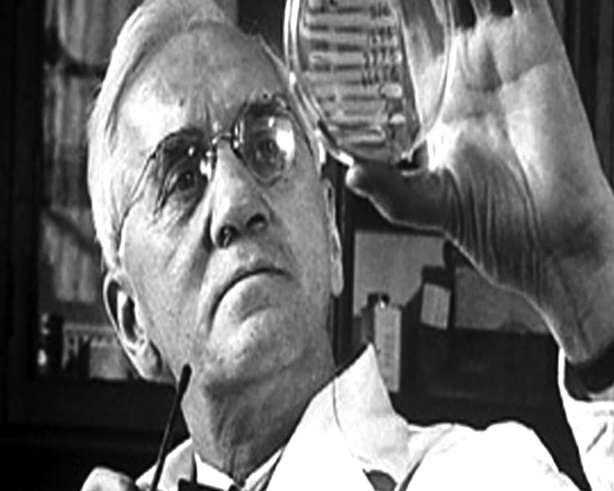Question
The topic is STERILIZATION
Assignment Objectives:
* Discuss the pioneer contributions to the surgical arena or the impact they had in improving the development of the surgical field.
* Give the background or history of the pioneer
* Discuss why and how this affects the role of the surgical technologist
* Explain the contributions that you will make that will affect this profession
Sample paper
Pioneer in Surgery Paper
During the medieval period, the Greek form of surgery became advanced. Owing to the discovery of new materials such as iron, doctors were able to perform more complex medical procedures. For instance, they could be able to perform amputations, bleed patients, or set broken bones. A notable doctor during this period is Hippocrates. Hippocrates was instrumental in changing the belief system at the time, where majority of people attributed diseases with evil spirits and superstitions (Ellis, 2002). He advocated for exercise, diet and sleep as a remedy to various illnesses. However, use of surgery was limited and only done when there was no other available options. In the Roman Empire, surgery was also conducted. Galen became a famous Roman doctor during the medieval period. Galen promoted dissection as the key to gaining a better understanding of the human body
In the 1500s and 1600s, new methods of surgery were introduced. During this period, bleeding was a common problem encountered by surgeons as they performed surgery. Ambroise Pare was a famous physician during this period. He introduced the use of ligatures in controlling bleeding during surgery (Ellis, 2002). He also popularized the use of bandages after surgery which minimized exposure of the wound to germs. Ambroise Pare was born in Bourg-Hersent and later moved to Paris. At Paris, he worked as a barber-surgeon apprentice before joining the army as a surgeon. In 1552, he earned the highest rank by directly serving the king. During this period, boiling oil was commonly used to treat gunshot wounds. Pare discovered that a mixture of rose oil, turpentine, and egg yolk were far more effective in treating gunshot wounds to boiling oil.
During the 18th century, a remarkable discovery was made: Louis Pasteur discovered that diseases in man and animals were caused by small microorganisms or bacteria (Hook, 2011). Louis Pasteur also developed the pasteurization process which was applied in killing microorganisms contained in milk.
Fig. 1.1. Louis Pasteur’s experiments

This procedure was also known as heat treatment since it involved the use of heat. Sterilization in the surgical field was of great importance since it enabled doctors reduce infection rates through maintaining clean surgical equipment. Prior to this, medical equipment were not sterilized which were a major cause of wound infections. Pasteur was a chemist and renowned microbiologist. He earned his first higher education degree from College Royal de Besancon (Hook, 2011).
Related: Ghost Surgery
In the 1800s, remarkable achievements were realized in the discovery of a better form of anesthesia. In the early period, alcohol and opium were used as anesthetics but these were not effective. In 1846, ether gas was first used as an aesthetic. Chloroform later took shape as a better anesthetic to ether gas. In 1867, Joseph Lister discovered a new method of controlling infections during surgical procedures. His method entailed the use of carbolic acid which was applied on the wound to prevent infections (Pitt & Aubin, 2012). This proved more effective in controlling infections. The new method of controlling germs was known as antisepsis.
Fig. 1.2. Use of carbolic during operation to control infections

Lister showed interest in the field of medicine from an early age. His first school was University College, London. At the age of 26, Lister had joined the Royal College of Surgeons. In 1846, he took part in the first anesthetic-assisted surgery ever. His discovery on the use of carbolic acid meant a significant reduction in postoperative infections and deaths.
In the 1900s, deaths resulting from surgery were still high. The major contributing factors were blood loss and internal infections. In 1901, Karl Landsteiner discovered the different blood groups (Eibl, Mayr, & Thorbecke, 2002). This paved way for successful blood transfusion in the later years. Previously, blood transfusions had been conducted but these were highly unsuccessful. He discovered the blood transfusion between individuals in the same blood group was successful, and those in different blood groups unsuccessful. Landsteiner graduated with a medicine degree from University of Vienna in 1891. He later enrolled for a course in chemistry in Wurzburg. This helped him greatly in his medicine career. Successful blood transfusion significantly improved the survival rate of patients during surgery.
In 1928, a remarkable discovery was made – penicillin, a strong antibiotic was discovered by Alexander Fleming (Bankston, 2001). The importance of penicillin in the field of surgery is that it was applied in surgical wounds to kill germs.
Fig. 1.3. Alexander Fleming

Alexander was a Scottish doctor trained in pharmacology, botany, and biology. He first attended Loudoun Moor School before proceeding to Kilmarnock Academy. Throughout the 1900s, great strides were made in the field of medicine, more so due to the great advancement in technology during the period. More invasive surgical procedures such as heart surgery became possible in the mid-1900s. For instance in 1967, the first heart transplant was done by Christiaan Barnard.
In my career, I hope to advance the use of prosthetics among those who have lost their limbs. These prosthetics will be more advanced and probable enable persons to lead normal lives just like they had their limbs. The prosthetics will have advanced features such as the capability to be controlled by the patients’ thoughts. The prosthetics will enable patients to touch, grasp, and feel objects and determine what kind they are through an artificial sense of touch.
References
Bankston, J. (2001). Alexander Fleming and the story of penicillin. Bear, Del: Mitchell Lane Publishers.
Eibl, M., Mayr, W. R., & Thorbecke, G. J. (2002). Epitope Recognition Since Landsteiner’s Discovery: 100 Years Since the Discovery of Human Blood Groups. Berlin, Heidelberg: Springer Berlin Heidelberg.
Ellis, H. (2002). A history of surgery. London: Greenwich Medical Media.
Hook, S. V. (2011). Louis Pasteur: Groundbreaking Chemist & Biologist. Minnesota, US: ABDO Publishing Company.
Pitt, D., & Aubin, J. M. (2012). Joseph Lister: father of modern surgery. Canadian Journal of Surgery, 55(5): E8-E9.